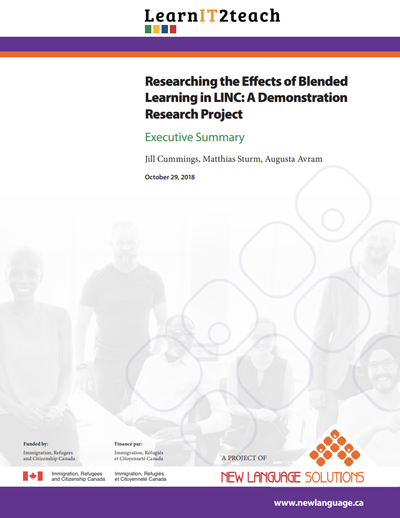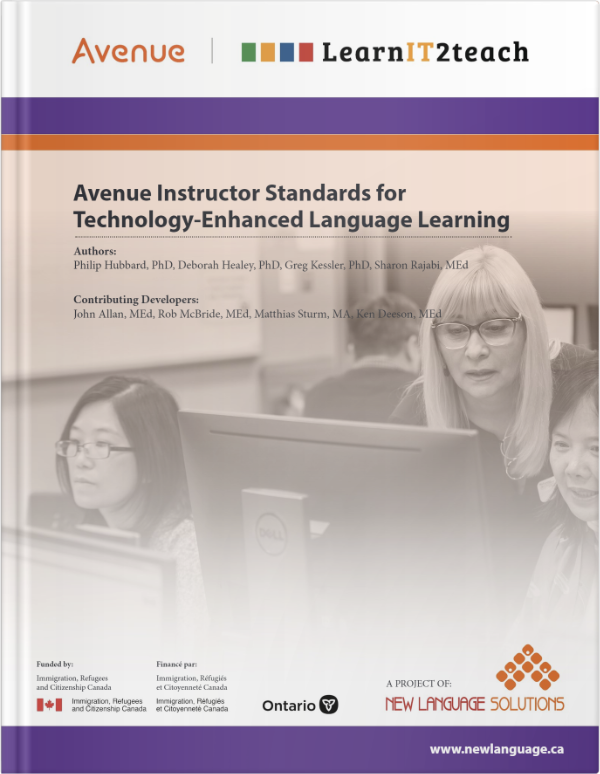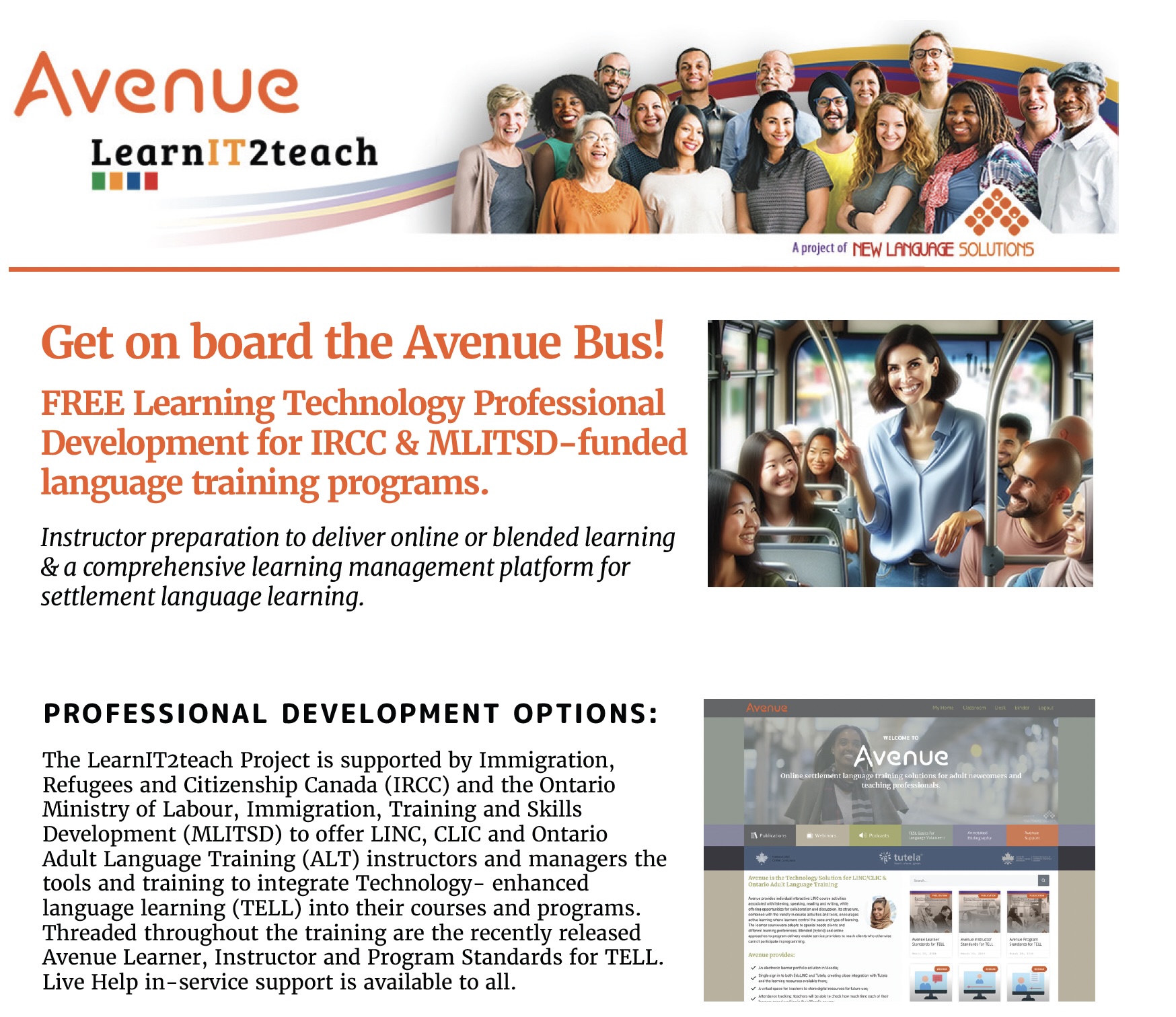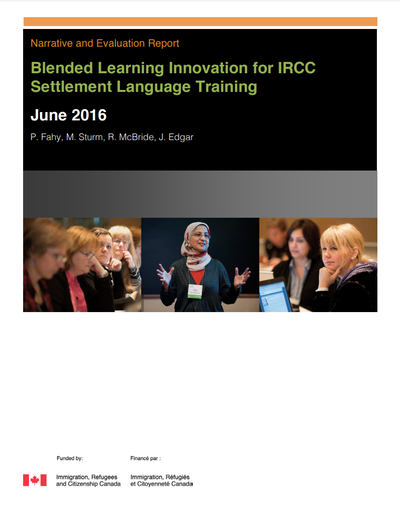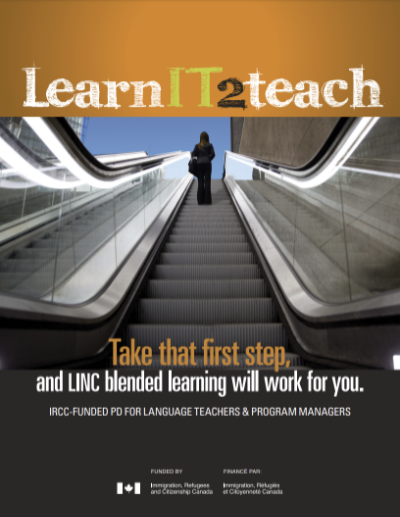What are the effects of LINC Blended Learning on learners, teachers and programs? Are there benefits or drawbacks? In September 2017 LearnIT2teach evaluators Jill Cummings, Matthias Sturm and Augusta Avram set out to gather evidence from field research at the LINC program of the Burnaby District School Board in the Lower Mainland of B.C. Three teachers, 45 learners, the program manager and a learning technology support instructor were followed over a ten-month period. Entrance and exit tests using the CELPIP tools were used to assess language gains. Interviews and surveys of participants provided additional qualitative and quantitative data.
After an additional year of analysis, discussion and writing, the evaluators have produced two reports:
The reports merit a deeper dive by any LINC professional interested in learning technology innovation. Among the benefits the researchers identified:
- The learner anxiety level is lowered.
- Because students engage online in more thoughtful discussions. They have time to craft their responses.
- Students develop multi-modal literacy skills.
- Blended learning (BL) builds or expands digital literacy and real-world skills.
- BL supports learner autonomy and self-reflection.
- Students complete most individual activities online, leaving more time for communication and interaction when face-to-face.
- Students come prepared to work and interact at school (reflecting the benefits of the flipped learning model).
- Students have more choice.
- BL provides more personalized learning. It increases motivation when topics and tasks are relevant to students’ lives and engaging.
- It can accommodate a variety of learning styles.
- It supports diverse needs of students’ lives and schedules, allows students at higher levels to continue to study by choice.
- It improves attendance, engagement, and retention.
- BL supports the teacher.
- It expands access to knowledge/information for students and teachers.
- Blended learning eases independence and the transition out of LINC 8 by building a resource base for practice outside of the classroom.


